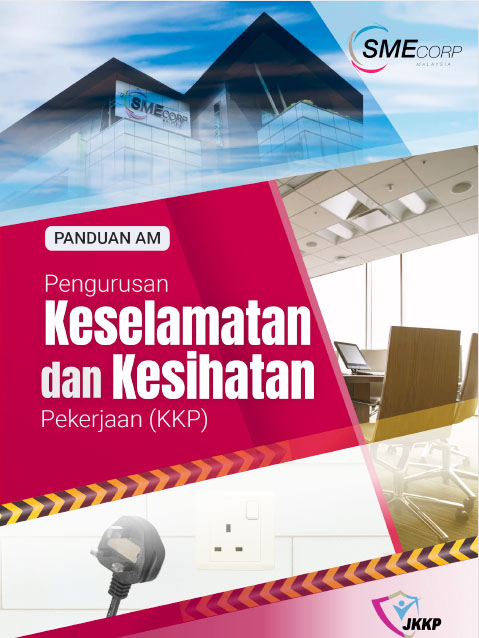Choosing your Location
One of the basic concepts taught in almost every introductory marketing course is The Four P's: Price, Product, Promotion and Place. "Place" refers generally to distribution, i.e., where your customer evaluates and ultimately receives your product or service. While this may not matter much for people who work virtually, or who run a business that drop-ships from a third party, it's critical for restaurants, retailers, and even many service businesses. Ironically, while "place" is often the most permanent of the four P's, it's also often the most overlooked.
Location is about more than just choosing a building. There are many things to consider in this process because it is costly. Location may depend on a few different factors especially the type of product and services you are trying to sell. Thus, you have to consider the following:
Know your business.
Understanding the needs of your business is the first step in finding a location. Will customers visit your location? Do you anticipate walk-in business, or will customers call for appointments? Does your business make use of natural resources? How are your goods delivered? Does your business involve chemicals or excessive noise that might fall under the zoning restrictions? Make a list of your business-specific needs.
Find your customers.
You need to identify who your customers are and how you can best meet their needs. If you are moving a business operation into a new city or rural area, find out as much as possible about population trends there. When you have gathered as much information as possible, start creating your own demographic profile. Once you know who you're trying to reach, you can determine where you're more likely to find customers. For example, if you're opening a nursery or kindergarten, you'll want to open it in an area that not only has many families, but also has a high number of two-income households. Good research will help you find such a location.
Get a flavor for the community.
Before deciding to set up shop somewhere, investigate the community. Read some of the local newspapers. Visit the library and do some research on the history of the place. Speak with other small business owners in the area. Ask them if their business is succeeding and if they think your business would do well there. Try to find out how receptive the established business community is to new businesses that come to town.
Scope out the competition.
For some businesses, this may not matter. Five Internet businesses could be in the same building and nobody would ever know it. However, if you're opening a retail business, a restaurant, or service-oriented operation, you'll want to know how many similar businesses are located nearby. In other cities and towns, you may not want any competitors in the immediate area. The key is to determine whether you can gain enough of a market share. Do a competitive analysis, and if you scope out competitors, see if you can gain a competitive edge by offering something your competition does not. If you're moving into an area with stiff competition, make sure you have enough resources to hang in there while you make a name for yourself
Once you’ve considered those listed above, you may also want to look at other important factors that will give big impact on the location that you are trying to look for. Try to ask yourself on the following elements:
State & City
Rent and other costs, availability of labor, taxes, regulations and government economic incentives can also vary greatly from city to city, even within the same state. Or maybe a small town is the perfect spot for your business. Is the state/city you live in friendly to entrepreneurship? To the specific type of business you want to run? These are the elements that will affect your pricing of your product & services.
Location relative to streets, parking, and other businesses
Do you need to be visible and/or easily accessible to pedestrian and automobile traffic? Will being close to businesses that draw a similar clientele help your business? For example, a sporting goods store or health food store might do very well next to a gym.
Cost
Most obviously, can you afford it? Also, though, consider whether your customers and employees can afford it. For example, is there free parking, or is it expensive? Will higher rent cause you to charge higher prices to your customers? That's not necessarily a bad thing, but a factor to consider.
Convenience
Is it easy to find? Is parking close by? Consider your clients. If you're dealing with pregnant mothers and the elderly, they may have a different concept of "convenient".
Safety
This is an increasingly important issue for both customers and employees. Is the parking close by? Well lit? Is there security on the premises?
Prestige
Would a downtown address add credibility? Will wealthy clients favor a business in their own neighborhood? Some places even provide virtual offices with prestigious addresses, such as Beverly Hills, Silicon Valley, or Manhattan.
Traffic
Retailers and restaurants love it, office workers don't.
Facility requirements
Do you have any special needs, such as high power consumption or specialized wiring? Do you need meeting space, but only occasionally? You might consider a shared office suite (often called executive suites) in that case.
Zoning
Many cities have very strict zoning requirements. Make sure your business is even allowed there before you sign the lease!
This process may not be as easy as it looks like. All of the factors are actually closely related to the type of location you wish to choose. If you are simply plan to move as a sole proprietor in your own home, then, you can take a short cut and ignore this process at the first place. However, if you are considering setting up a retail shop, then, location is a highly significant matter to brainstorm about.



































